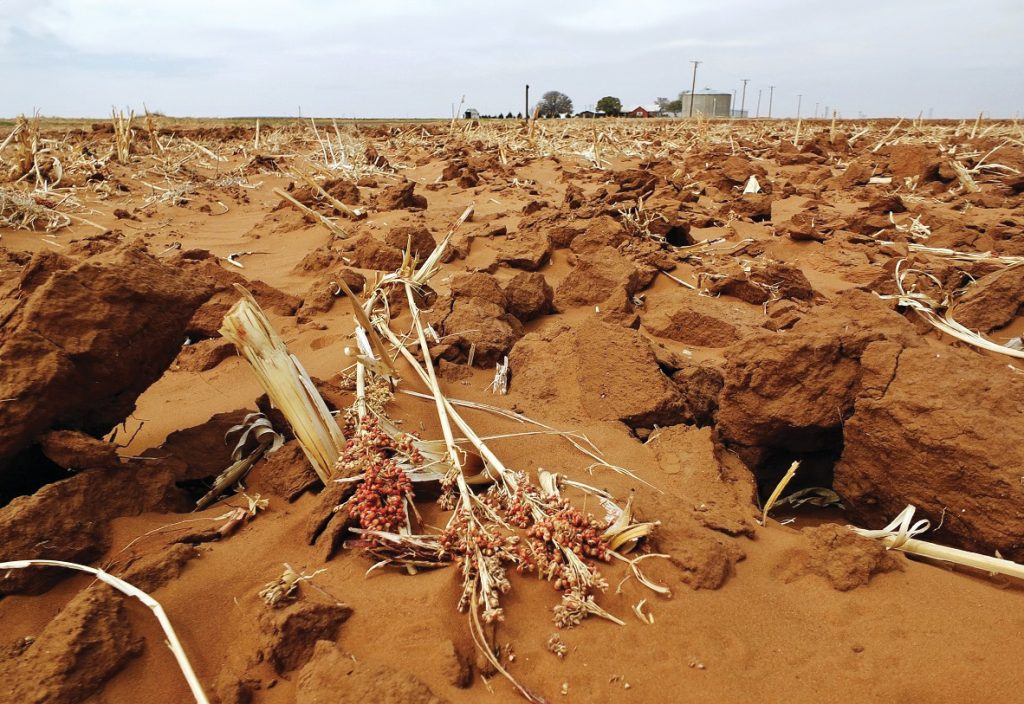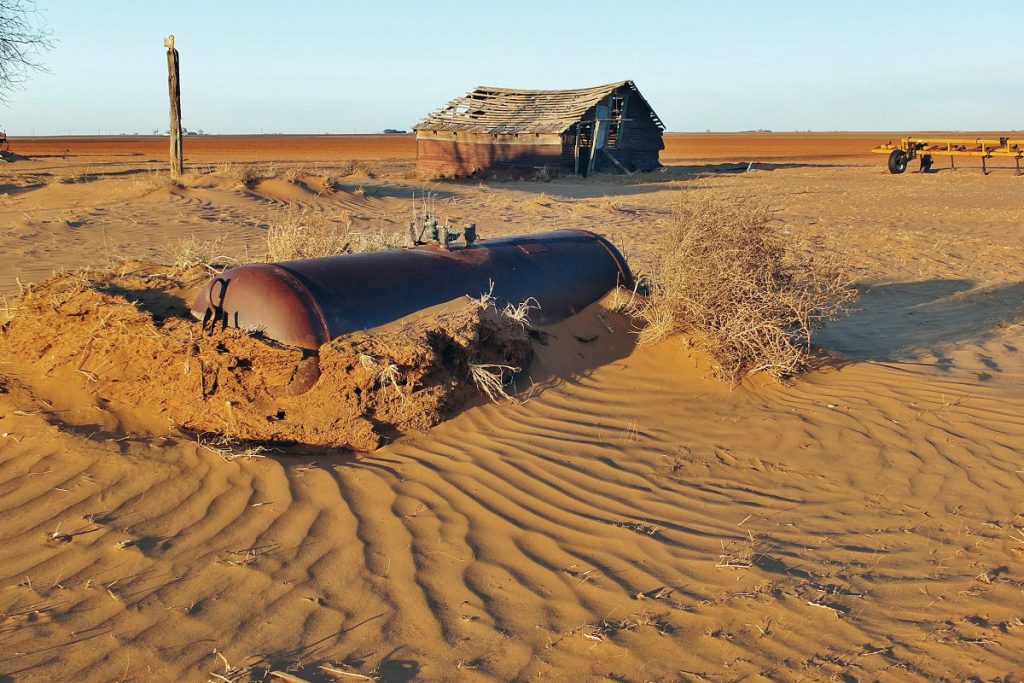
Leading the world in drought monitoring, response
Drought is a “global catastrophe” that continues to tighten its grip, but it’s still possible to mitigate its far-reaching impacts. The challenge: Humans may be nearing the limits of technological solutions and must focus on behavioral changes.
The National Drought Mitigation Center, in its 30th year in 2025, is at the forefront of this effort.




It’s grown from five to 25 employees and has expanded its mission from policy and planning to include monitoring and early warning, vulnerability and risk assessments and mitigation policy and planning, said Mark Svoboda, who’s been with the center from the start and is now its director.
That three-pronged approach has become a global standard adopted by the United Nations and World Bank among other institutions. It’s now widely recognized that drought has severe societal impacts, including political instability, migration and national security concerns.
“It’s just incredible how many places right now almost at the same time are feeling the brunt of this challenge of drought characteristics due to increased temperatures,” Svoboda said.
In a report issued in July 2025, Svoboda and co-authors called the 2023-2025 period “a global catastrophe covering millions of square miles and affecting millions of people.”
The report underscores the need for systematic monitoring of how drought affects lives, livelihoods and the health of the food and water that all humans depend on, he said.
We don’t go in with the false premise that we’re going to drought-proof your country.
Mark Svoboda
The center has pushed states and nations to be less reactive and more proactive about drought, which has taken time and persistence, Svoboda said.
Nearly all states and some 80 nations have drought plans, but an ongoing challenge is getting governments to implement those plans effectively.
“We don’t go in with the false premise that we’re going to drought-proof your country,” he said. “It’s how do we reduce the impacts and effects of drought.”
The center has implemented a number of tools – best known is the U.S. Drought Monitor, a map that has significantly boosted drought monitoring and communication.
Improvements in technology, such as salt water desalination, opened water resources for human use, but there are limits to how much longer technology can solve the problem, Svoboda said. The biggest challenge is changing human behavior and mindsets to prioritize proactive drought management over reactive responses.
Additional Content
Background: A grain truck crosses the dry Platte River near Chapman, Nebraska.
